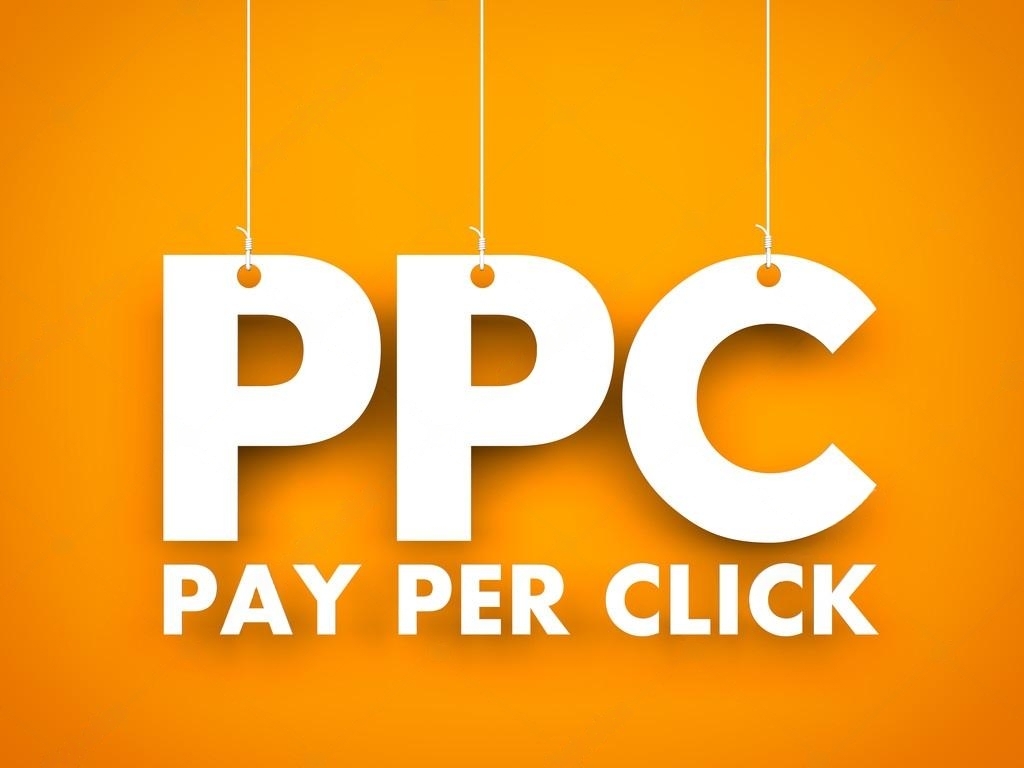Pay-Per-Click (PPC)
Pay-Per-Click (PPC) advertising has become a crucial component of digital marketing strategies. With the increasing competition in the online space, it’s essential to develop effective PPC campaigns that can drive targeted traffic to your website and generate conversions. In this article, we will discuss the top 10 tricks for creating a successful PPC advertising strategy. Whether you are new to PPC or looking to enhance your existing campaigns, these strategies will help you maximize your return on investment (ROI) and achieve better results.
1. Define Clear Goals and Objectives
Before diving into creating a PPC advertising campaign, it’s vital to establish clear goals and objectives. Ask yourself what you want to achieve through your PPC efforts. Do you aim to increase brand awareness, generate leads, or drive sales? Setting specific and measurable goals will guide your campaign structure, keyword selection, and budget allocation.
2. Extensive Keyword Research
Keywords form the foundation of any PPC campaign. Conduct thorough keyword research to identify the most relevant and high-performing keywords in your industry. Tools like Google Keyword Planner, SEMrush, and Moz Keyword Explorer can assist in discovering valuable keywords with high search volumes and low competition. Incorporate a mix of broad match, phrase match, and exact match keywords to expand your reach while maintaining relevance.
3. Compelling Ad Copy
Crafting compelling ad copy is crucial to attract users’ attention and drive clicks. Focus on creating concise, persuasive, and action-oriented copy that highlights the unique selling points of your products or services. Incorporate relevant keywords into your headlines and descriptions to improve ad relevancy and quality score. Use emotional triggers, offers, and clear call-to-actions (CTAs) to entice users to click on your ads.
4. Landing Page Optimization
A well-optimized landing page is the key to converting clicks into valuable actions. Ensure that your landing page aligns with the ad copy, providing a seamless user experience. Optimize the landing page by incorporating relevant keywords, compelling headlines, clear and concise content, and a prominent CTA. Make sure your landing page is mobile-friendly, loads quickly, and offers valuable information to encourage users to take the desired action.
5. Targeted Ad Scheduling
Ad scheduling allows you to display your ads during specific times of the day or days of the week when your target audience is most active. Analyze your historical data and identify the timeframes when you receive the highest conversion rates. Use this information to schedule your ads to maximize visibility during those peak periods. Ad scheduling can help you allocate your budget more effectively and improve campaign performance.
6. Ad Extensions
Utilize ad extensions to enhance the visibility and functionality of your ads. Ad extensions allow you to include additional information, such as site links, call extensions, location extensions, and structured snippets. These extensions provide more context and value to your ads, increasing the chances of attracting clicks and conversions. Experiment with different extensions to see which ones resonate best with your audience and improve campaign performance.
7. Continuous Monitoring and Optimization
PPC campaigns require constant monitoring and optimization to achieve optimal results. Regularly review your campaign performance metrics, such as click-through rates (CTRs), conversion rates, and cost per conversion. Identify underperforming keywords, ads, or targeting settings and make necessary adjustments. A/B testing different ad variations, landing pages, and targeting options can help you identify the most effective strategies and optimize your campaign over time.
8. Remarketing
Implementing remarketing campaigns allows you to target users who have previously interacted with your website or shown interest in your products or services. Remarketingenables you to reconnect with potential customers, reminding them of your brand and enticing them to return and complete a desired action. Create customized ads that resonate with your audience’s interests and preferences, offering personalized incentives or discounts to encourage conversions.
9. Competitor Analysis
Stay ahead of the competition by conducting thorough competitor analysis. Identify your main competitors in the PPC landscape and analyze their strategies, keywords, ad copy, and landing pages. Look for opportunities to differentiate yourself and highlight your unique value proposition. Monitoring your competitors can provide valuable insights and inspire new ideas to improve your own campaigns.
10. Performance Tracking and Reporting
To gauge the success of your PPC advertising strategy, it’s essential to track and measure key performance indicators (KPIs). Set up conversion tracking to measure the number of conversions, revenue generated, and return on ad spend (ROAS). Utilize analytics tools like Google Analytics or third-party platforms to track campaign performance, generate reports, and gain actionable insights. Regular reporting helps you understand what’s working and what needs improvement, enabling you to make data-driven decisions.
In conclusion, creating a successful PPC advertising strategy requires careful planning, continuous optimization, and a deep understanding of your target audience. By defining clear goals, conducting extensive keyword research, crafting compelling ad copy, optimizing landing pages, and utilizing ad extensions, you can maximize the impact of your PPC campaigns. Additionally, implementing ad scheduling, remarketing, and competitor analysis strategies will further enhance your chances of success. Remember to continuously monitor and optimize your campaigns, track performance, and stay up-to-date with industry trends and best practices.
With these top 10 tricks, you can develop a comprehensive and effective PPC advertising strategy that helps you achieve your business objectives. By implementing these strategies, you’ll be well-positioned to drive targeted traffic, increase brand visibility, and generate valuable conversions.

